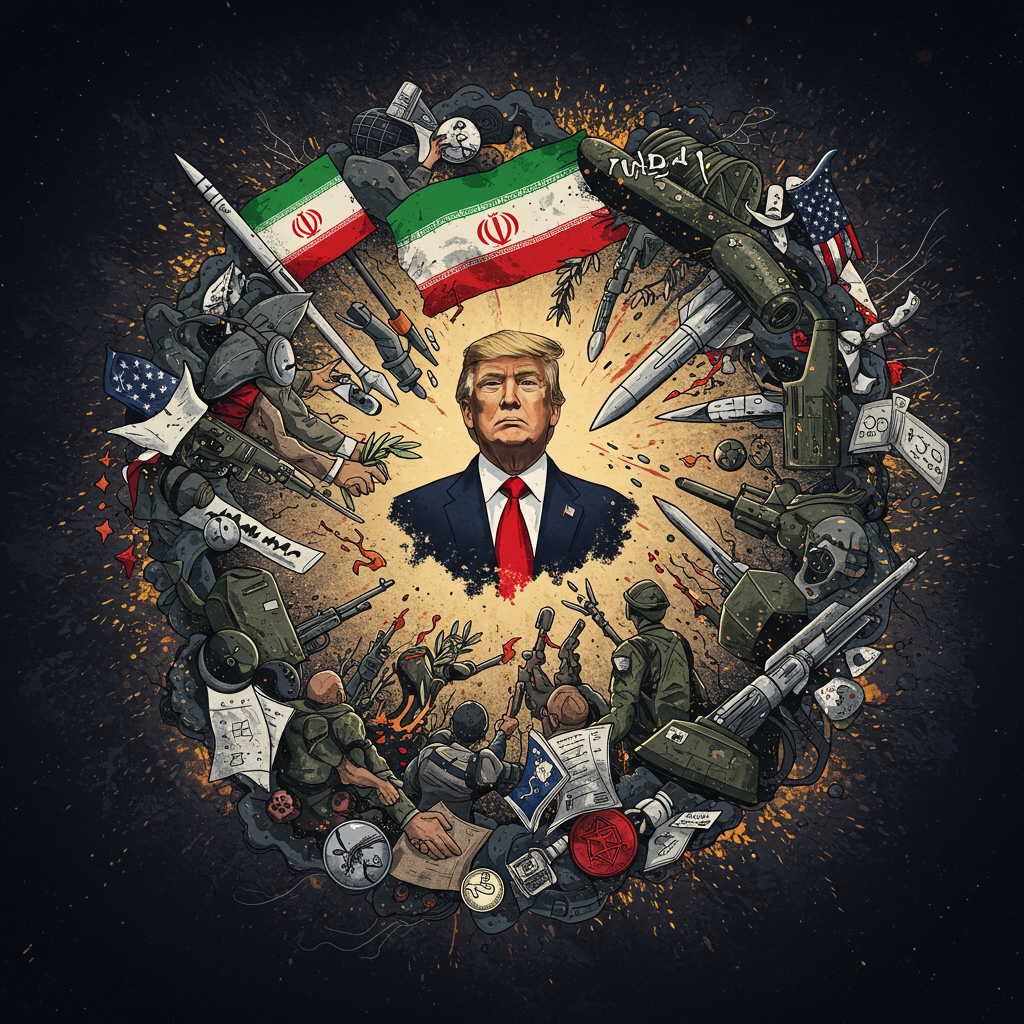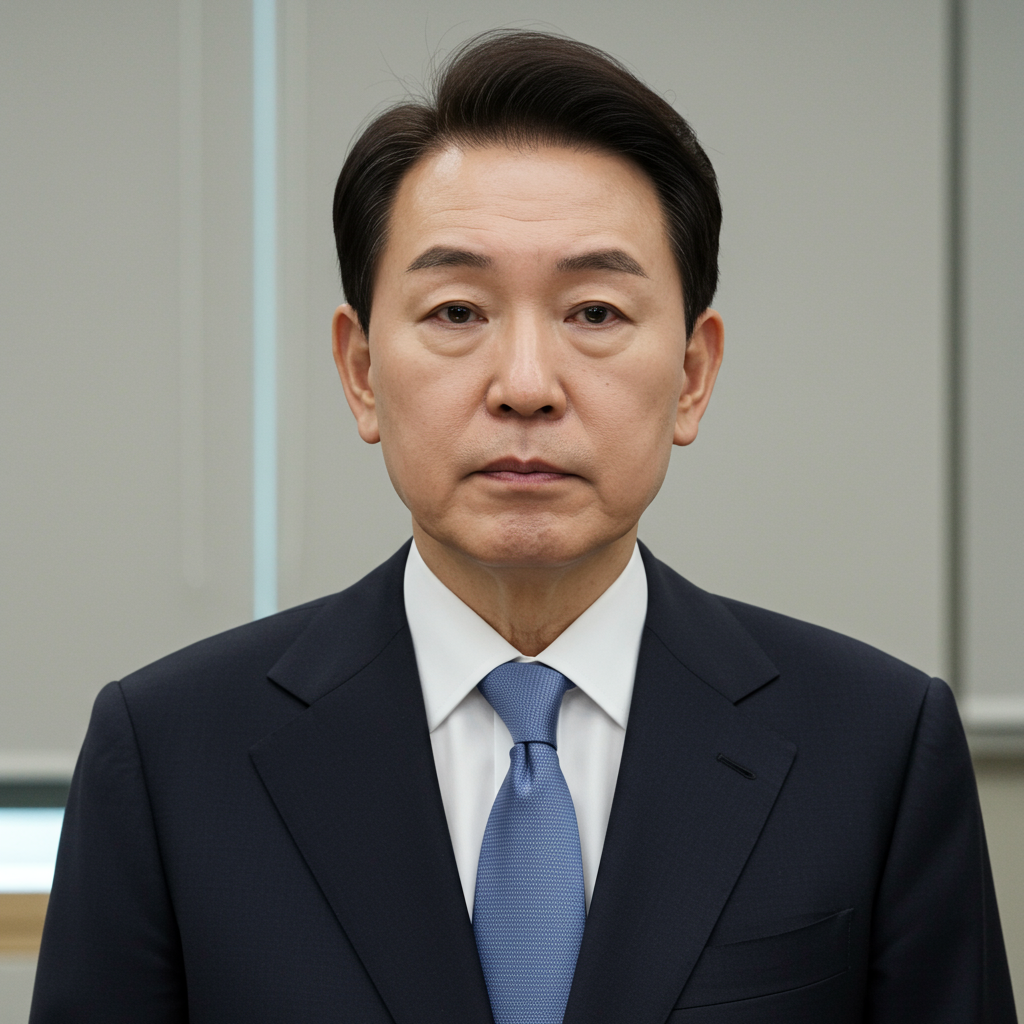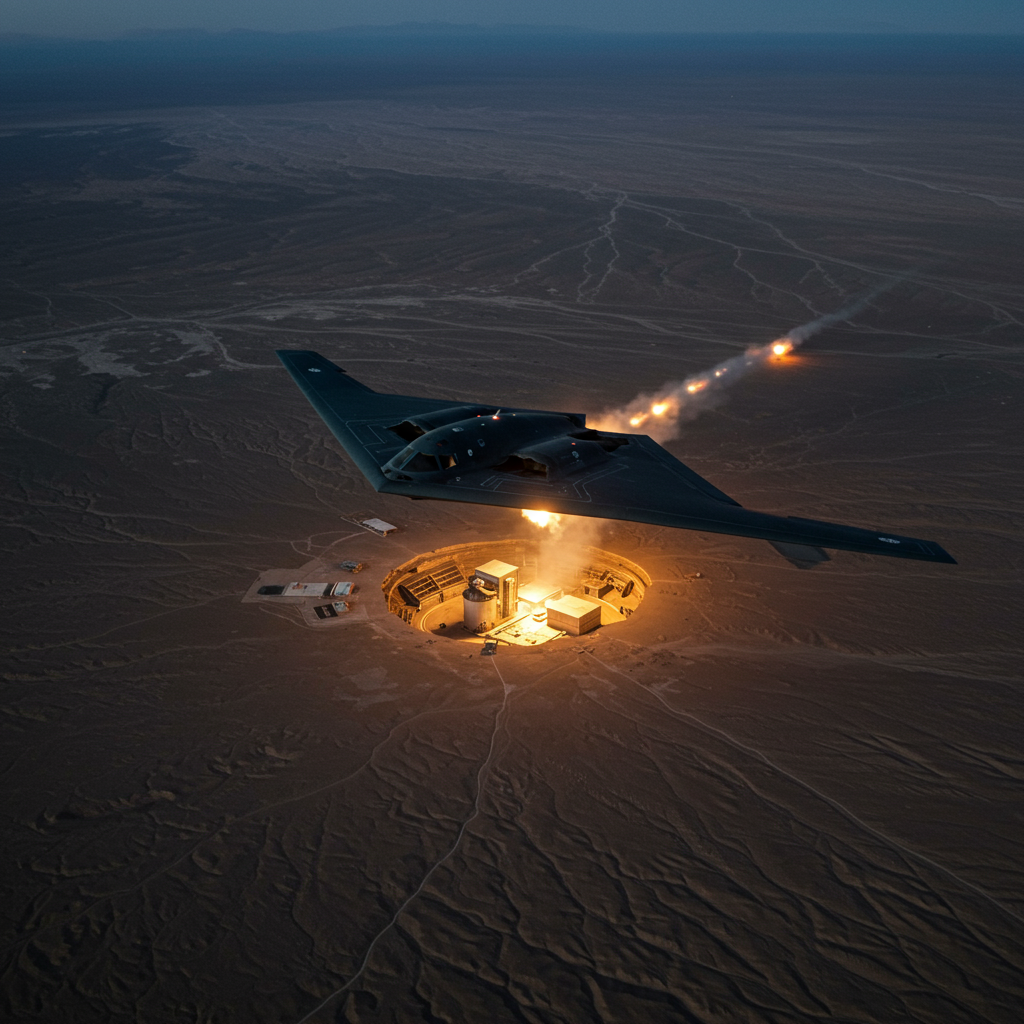Negotiating with Iran has historically been a challenging and protracted process, even under the most favorable conditions. As President Trump signals interest in a potential diplomatic resolution with Tehran, he has reportedly given himself a tight two-week window to decide on a course of action, which includes weighing the possibility of military strikes against Iran’s nuclear facilities.
However, veterans of past negotiations with Iran express significant skepticism that a meaningful agreement could be reached within such a limited timeframe. They note that the complex talks that led to the Obama-era nuclear accord took nearly two years to finalize. Even attempts to revive elements of that deal under the Biden administration spanned 15 months before being reportedly vetoed by Iran’s Supreme Leader, Ayatollah Ali Khamenei.
Adding immense difficulty to any potential diplomatic effort is the current volatile environment marked by intense, direct conflict between Israel and Iran.
The Shadow of Conflict:
The region is experiencing its seventh day of significant military exchanges. Israel has launched strikes targeting Iran’s nuclear program infrastructure and missile capabilities, asserting its goal is to “eliminate the existential threat” posed by Iran’s advancements and “dismantle” its nuclear aspirations. Targets have reportedly included sites near the Arak reactor, a nuclear weapons development facility at Natanz, and even striking within cities like Rasht and Tehran, including the headquarters of Iran’s state broadcaster.
Iran has retaliated with missile and drone attacks on Israel, targeting military sites in cities like Haifa and Tel Aviv. Tragically, one Iranian missile reportedly struck Soroka Medical Center, a major hospital in Beersheba, causing extensive damage – an act Israeli officials labeled a war crime, though Iran claimed the target was a nearby military complex. The conflict has resulted in hundreds of casualties on both sides, including civilians and security personnel, and led to significant displacement.
Amidst this escalating violence, Iran’s foreign minister and lead negotiator, Abbas Araghchi, has stated unequivocally that Tehran will not engage in negotiations with the United States as long as it faces “Israeli aggression” and missile strikes on its bases and facilities. He reportedly expressed deep distrust of the U.S., suggesting recent actions imply diplomacy might have been used as a “cover” for planned attacks. While European counterparts are holding talks with Iran in Geneva, direct U.S.-Iran negotiations remain off the table, with Iran denying Trump’s suggestion of a possible White House visit.
Iran’s Nuclear Status: How Close?
Underlying the tension is the urgent question of how close Iran is to developing a nuclear weapon. While U.S. intelligence assessments from March 2025 indicated that Supreme Leader Khamenei had not yet made a decision to build a weapon (reauthorizing the program suspended in 2003), other officials and the current context paint a picture of a nation potentially “very close” to capability.
Key concerns highlighted by intelligence officials and international bodies include:
High Uranium Stockpile: Iran holds over 400 kilograms of “highly enriched uranium,” a level described by the International Atomic Energy Agency (IAEA) as unprecedented for a state without nuclear weapons. The IAEA has reported that Iran is enriching uranium to 60% purity.
“Breakout” Capability: Experts estimate that with its current stockpile, Iran could produce enough weapons-grade uranium (~90% purity) for multiple bombs within days or weeks, with some analyses suggesting as quickly as one to two weeks for the fissile material itself.
Weaponization Timeline: Converting enriched uranium into a deployable weapon is a separate step. Estimates for this process vary widely, from several months to up to two years, though some analysts believe it could potentially be achieved in as little as five to six weeks if Iran committed fully.
Verification Issues: The IAEA has raised concerns about Iran’s lack of credible explanations regarding uranium particles found at undeclared sites and efforts to “sanitize” locations, hindering the agency’s ability to fully verify Iran’s nuclear activities.
Threshold State: Secretary of State Marco Rubio has described Iran, with its 60% enrichment capacity, as essentially a “threshold nuclear weapons state,” meaning it possesses the key capability required for a weapon.
Israeli Prime Minister Benjamin Netanyahu has cited intelligence suggesting Iran is moving toward nuclear weapons capability, claiming the threat is “imminent,” potentially within “a year” or “a few months.” However, some non-proliferation experts argue that Israel’s choice of strike targets (scientists, military commanders) might indicate a response to a longer-term perceived threat rather than an imminent* weaponization effort, while still acknowledging the risk posed by undeclared facilities or potential clandestine enrichment.
Trump’s Dilemma and the Unlikely Timeline:
Against this backdrop of historical negotiation hurdles, a deep lack of trust, and active military conflict, the prospect of achieving a comprehensive Iran deal within Trump’s self-imposed two-week deadline appears highly improbable to many seasoned observers.
While President Trump is reportedly weighing options with a close circle of advisors, his interest is described as leaning towards the “coercive part of coercive diplomacy.” The short timeline could be a genuine push for a quick resolution, or it could serve primarily as a way to buy time or create leverage for potential military actions.
Ultimately, any significant diplomatic breakthrough would require both sides to overcome immense obstacles, including ceasing hostilities, rebuilding trust, and navigating Iran’s opaque decision-making process, where Supreme Leader Khamenei holds the final say and is reportedly in hiding. The current environment makes such a rapid pivot to diplomacy within two weeks seem exceedingly difficult, if not impossible.




